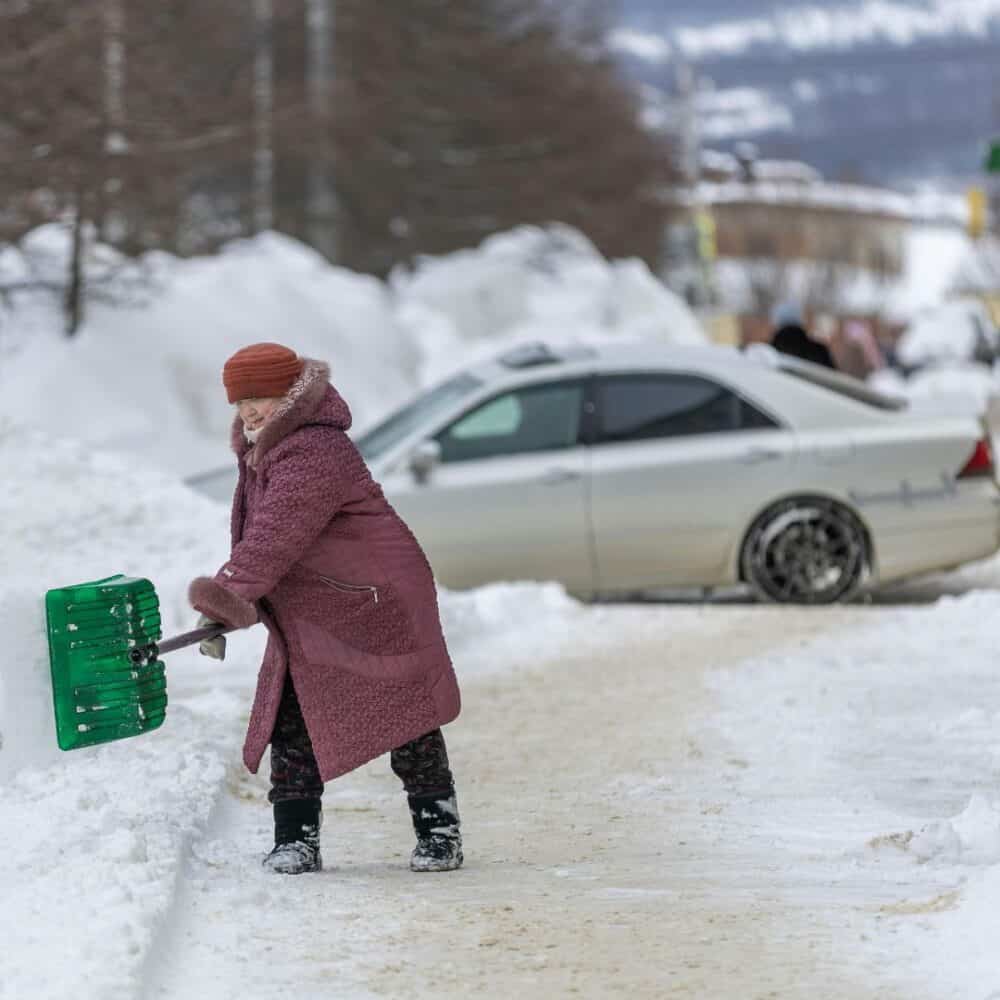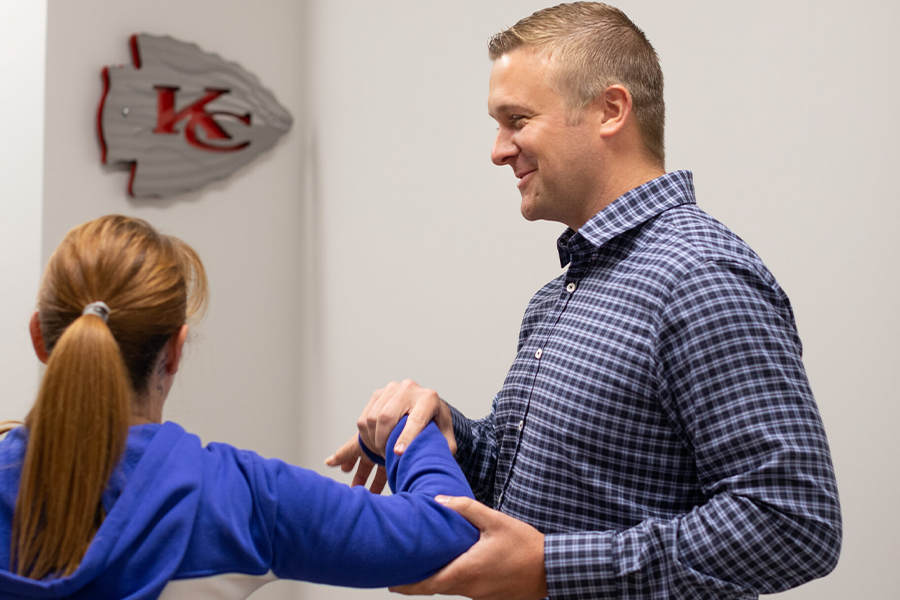Falls are among the most common causes of injury, particularly among older adults. According to the Centers for Disease Control and Prevention (CDC), one in four adults over 65 falls each year, and falls are the leading cause of injury-related deaths in this age group. While icy sidewalks in winter can increase the risk, falls can happen anywhere, anytime. Understanding the risk factors and taking preventive steps can help reduce injuries and maintain independence.

Who Is Most at Risk for Falls?
While anyone can experience a fall, certain factors make some individuals more vulnerable:
- Age-Related Muscle and Balance Decline – As we age, we naturally lose muscle mass and coordination, making it harder to stay steady on uneven or slippery surfaces.
- Slower Reflexes – A quick reaction can sometimes prevent a fall, but reflexes slow with age, making it more difficult to recover from a misstep.
- Vision Changes – Poor depth perception, contrast sensitivity, and night vision can make obstacles harder to detect. Cataracts, glaucoma, and macular degeneration further increase the risk.
- Chronic Health Conditions and Medications – Arthritis, diabetes (which can cause nerve damage in the feet), heart disease, and certain medications (such as sedatives or blood pressure medications) can contribute to dizziness, weakness, or poor balance.
- Environmental Hazards – Loose rugs, poor lighting, uneven sidewalks, and slippery floors increase the likelihood of falling.
Fall Prevention Strategies

Sano doctors have some prevention tips.
Winter-Specific Fall Prevention
- Wear Proper Footwear – Shoes and boots with non-slip soles and good traction provide better stability. Specifically, footwear, like Yaktrax, will improve footing on ice.
- Walk with Care – Taking small, slow steps (like a penguin) helps maintain balance on icy surfaces.
- Use Support When Needed – Handrails, walking sticks, or canes provide extra stability when navigating sidewalks or driveways.
- Keep Walkways Safe – Salt, sand, or shovel driveways and sidewalks to prevent ice buildup.
Year-Round Fall Prevention
- Stay Physically Active – Strength and balance exercises, such as yoga, tai chi, and resistance training, can help improve coordination and muscle strength.
- Modify Your Home – Remove trip hazards like loose rugs, install grab bars in the bathroom, and ensure stairs have secure handrails.
- Improve Lighting – Use nightlights in hallways and stairwells to prevent nighttime falls.
- Schedule Regular Checkups – Vision exams, medication reviews, and balance assessments can help identify risk factors before they lead to a fall.
- Be Aware of Your Surroundings – Pay attention to uneven sidewalks, wet floors, and cluttered spaces to avoid unnecessary trips and slips.
- Be Mindful of Pets – Pets can be unexpected tripping hazards. Train pets not to dart underfoot, keep toys out of walkways, and consider using nightlights to make them more visible in the dark.
Resources
For more in-depth fall prevention strategies, consider these expert sources:
- CDC Fall Prevention Guidelines – A comprehensive look at risk factors and prevention.
- National Institute on Aging: Preventing Falls – Information tailored for older adults and caregivers.
- Mayo Clinic: Fall Prevention at Home – Tips on modifying your living space for better safety.
Final Thoughts
Falls can lead to serious injuries, but most are preventable with the right precautions. By staying active, making safety modifications, and being mindful of potential risks, you can significantly reduce your chances of falling—whether it’s on an icy sidewalk or in your own home. Taking steps now to improve stability and awareness can help maintain independence and long-term health.







